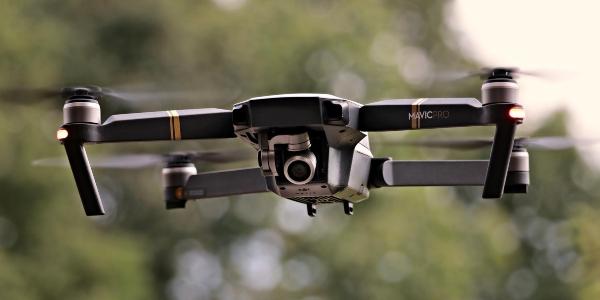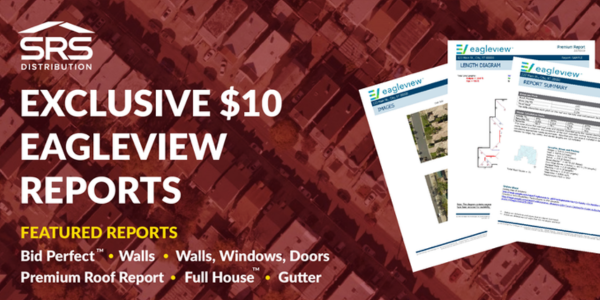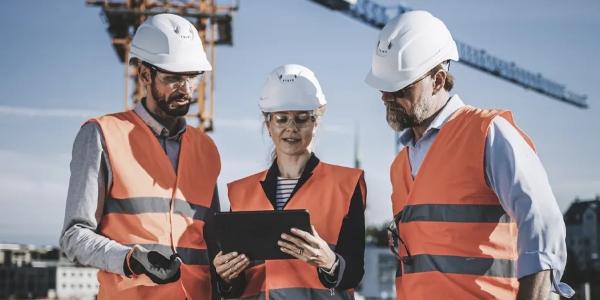Should you be Using an Unauthorized Drone on Site?

By Susan Eccles and Kellen Mathews, Adams and Reese.
Why drone usage on the construction site isn’t all fun and games.
Drone technology has taken off in the past few years. It seems like everyone knows at least one person who owns a drone, so it is only a matter of time before an employee brings their drone to the jobsite. While taking drone footage of a project may yield some cool videos, it also, according to Adams and Reese, opens your business up to a host of liability issues.
In the hands of licensed pilots, drones can significantly reduce project costs, document site conditions, reduce insurance costs for construction defect coverage, and can improve workforce safety. On the other hand, an unlicensed pilot can wreak havoc.
The cons of unauthorized drones on a construction site
So how does this happen? An employee on a project receives a drone, learns to fly and then decides to test out their new toy on the project site. Unless that individual has obtained a Remote Pilot Certificate from the FAA, he or she is engaging in an unauthorized commercial use for which the Federal Aviation Authority can levy significant fines on the contractor.
Additionally, the operation of a drone by an unlicensed pilot poses safety risks, some of which may be specifically excluded by insurance coverage procured for the project. Also, any images taken would not be helpful in gathering site condition data, as the site documentation images would not qualify to testify about the work performed and the accuracy of the images would be susceptible to attack.
While drones have a place in future construction projects and should be considered as a cost and risk-reducing measure, the use of such new technologies must be incorporated into the project specifications, contracts and safety plans, and all project members should be educated on what can and cannot be done with respect to drone use on the job.
It is also imperative that if a drone is used on a project, all parties (the Owner, GC and pertinent subcontractors) are aware of the use, the responsibility for retaining any collected images is clearly delineated, the drone operation and scope of use is memorialized in the contract or as a change order, and the workforce is educated on the use of signs and where the drones can and cannot fly on the project. A full-scale review of the specifications may be needed.
The pros of authorized drones on a project site
Contractors and other construction industry players who invest in drone technology, and use it correctly under state and federal regulations, can significantly impact the costs, conditions and timeline of a project. New technology, including drones, always has high front-end costs and time-consuming set up, but they can more than pay for themselves once a program is established.
Project savings can include avoiding manual laydown inspections of cranes by using drones; or documenting site conditions to prove that a particular contractor did not damage a certain construction line item. For example, a contractor can use drone images to show that concrete floors were properly finished in a large-scale warehouse when turned over to the owner, fighting a claim of damage to the floors and proving that the issue occurred after completion of the project. Additional benefits include potential reduction in insurance premiums, tracking and managing assets and materials, and maintaining site security.
Threat of regulation
However, where there is opportunity, there is also the threat of regulation. While 2021 brought the advent of drone delivery and other major steps in this industry, it is likely that 2022 will bring a flurry of new state and local regulations seeking to address and restrain drone use.
One such potential regulation was introduced as Mississippi House Bill 259, an Act to Regulate Use of Drones. The bill sought to significantly restrict the locations over which drones may be used to capture images but did not specifically provide for how the permitted images will be maintained, stored, or accessed. The proposed act also provided for fines and/or imprisonment for violations of the proposed restrictions. While this particular bill died in committee, it is indicative of many anticipated proposed drone regulations, and the construction and aviation industries should closely monitor how these proposals will restrict acceptable use.
Learn more about Adams & Reese in their Coffee Shop directory or visit adamsandreese.com.
The information contained in this article is for general educational information only. This information does not constitute legal advice, is not intended to constitute legal advice, nor should it be relied upon as legal advice for your specific factual pattern or situation.
Original article source: Adams and Reese
Recommended For You

Get ready for construction season with this great deal
Read More ...
The digital tools reshaping construction project management
Read More ...
Technology Could Help Attract Younger Generation to Construction Industry
Read More ...

















Comments
Leave a Reply
Have an account? Login to leave a comment!
Sign In